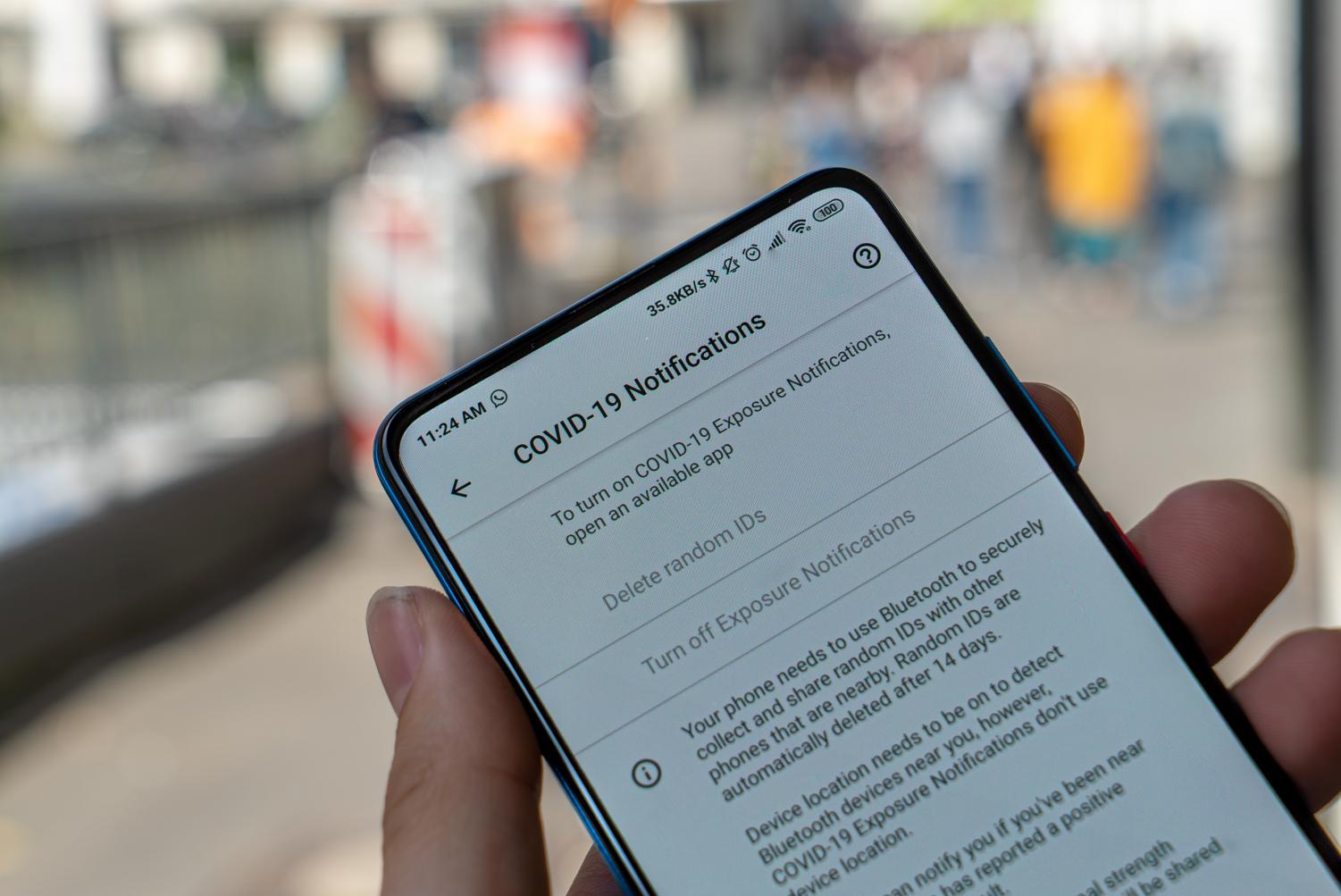The coronavirus pandemic has wreaked havoc across the U.S., causing both a public health crisis and economic hardship for many Americans. In the midst of turmoil, its leaders have provided action plans to move forward in the months to come.
UPDATE ON DATA
Currently, the United States is averaging 151,038 cases per day. As of Jan. 30 the U.S. has reported 133,914 new cases, bringing the total number of infected people to 26,147,400. The death toll has climbed to 440,272, according to a New York Times database, with an average of 3,200 deaths a day.
California has confirmed a total of 3,243,348 cases, according to its COVID-19 database. On Jan. 30, 481 deaths were recorded, bringing the death toll to 40,697.
CALIFORNIA’S REOPENING PLANS
On Jan. 25, Gov. Gavin Newsom announced that he would lift the stay-at-home orders put in place in December.
The state was previously divided into five regions, with four of them having the stay-at-home orders given because their ICU capacity fell below 15%. Now, most of California has moved back to the four-level, color-coded system to determine which businesses are allowed to open.
According to an article by CNBC, although restrictions vary by county, this new order allows restaurants to reopen outdoors, with some counties allowing indoor dining. Nail and hair salons are allowed to offer indoor services with modifications.
“Just because the state has lifted the order, however, doesn’t mean that every county has to allow the businesses to return,” said CNBC digital associate Noah Higgins-Dunn. “Under California’s reopening plan, local jurisdictions are allowed to implement tougher restrictions if necessary.”
VACCINE ROLLOUT
Within President Joe Biden’s first few days of office, among several new executive orders signed, Biden announced three steps of his plan to increase vaccine distribution over the next couple of months.
Over the course of the next three weeks, states, tribes and territories will be supplied with 10 million doses as opposed to the 8.6 weekly doses they received before. This 1.4 million dose increase is expected to get millions more vaccinated than previously anticipated.
Another step in the plan is to be more transparent with Americans and their leaders by working with The Department of Health and Human Services to provide them with allocation estimates in the upcoming three weeks.
“This increased transparency will give state and local leaders greater certainty around supply so that they can plan their vaccination efforts and administer vaccines effectively and efficiently,” the White House said.
Finally, the administration will work with the HHS to purchase an additional 100 million doses of each of the two FDA approved vaccines, Pfizer and Moderna, to increase the total number of ordered vaccines from 400 million to 600 million doses.
“With these additional doses, the U.S. will have enough vaccines to fully vaccinate 300 million Americans by the end of this summer,” the White House said.












